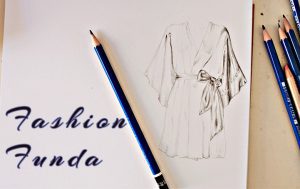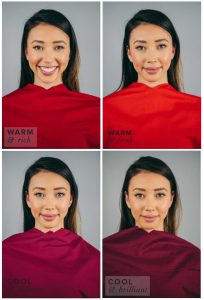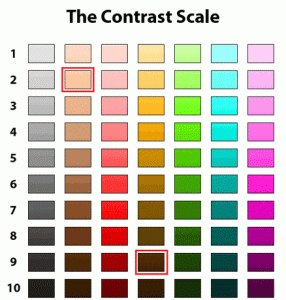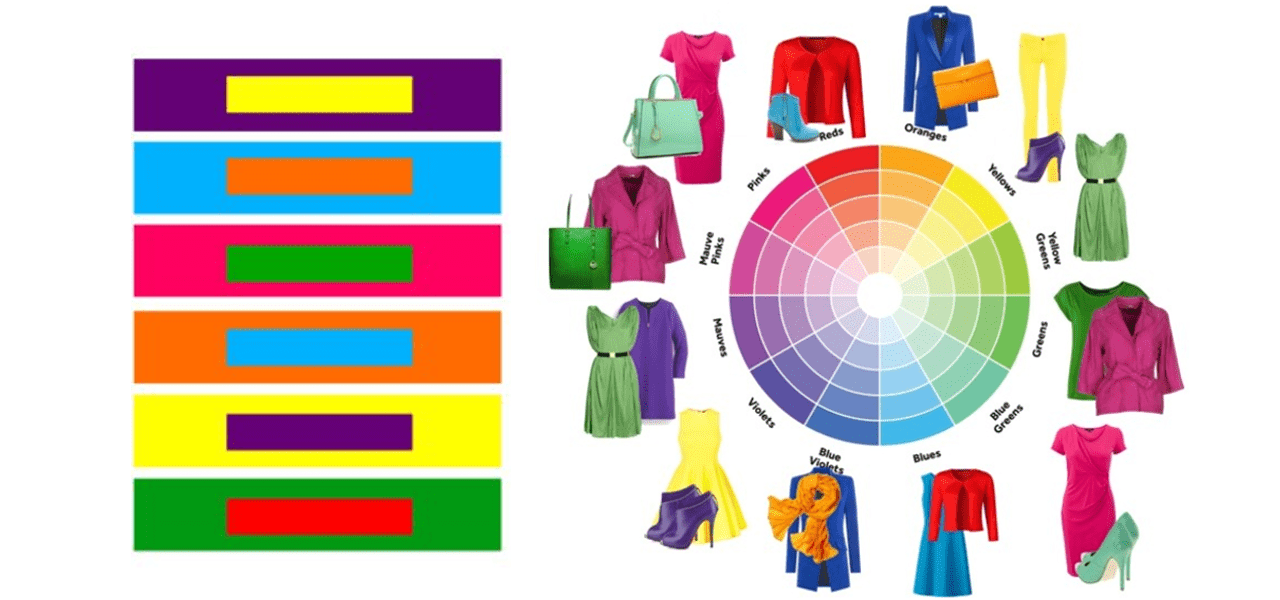Reading Time: 5 minutes


Are you struggling with how to combine your clothes properly? Your bunch of nice clothes, when putting them together, you’re completely stumped. You just don’t know how to combine them into a kick-ass outfit.
Which clothing combinations look best on you, and why?
You may have experimented with different clothing combinations, and you may have discovered you like some better than others. But you don’t know why.
You may look for inspiration in magazines, look-books, or even just in the outfits of guys whose style you admire. You may even have tried to copy some of their looks, and again some worked better than others. But you don’t know why.
And you don’t want to rely on outside sources for inspiration. You want to know how to combine clothes 

Well, today you’ll learn a secret that will help you do just that.
You may think the secret to creating perfect clothing combinations lies in how they complement each other. But what’s most important (and much less talked about) is how they complement your face.
Ironically, when you do it right, your face should draw more attention than your clothes.
The point of dressing well, after all, is to make you look sharper. Not your outfit. So you have to combine clothes to complement your face, but how?
Create clothing combinations that complement your facial features
To create clothing combinations that complement your face, you have to look at the contrast between your hair and your skin. And then, you have to repeat that contrast level in your outfit.
So here’s what you do:
Step 1 – Assess your contrast level
Stand in front of a mirror and look at your skin colour and your hair colour. Are they close in tonality, do you see a stark contrast, or do you fall somewhere in between?
Step 2 – Score yourself on the contrast scale
The contrast scale runs from one to nine; one being the lightest and nine being the darkest.
To determine your contrast level, you have to determine where your skin and hair fall on this scale. (Though you don’t need to be precise. Having a ballpark idea is fine.)
So let’s say your skin is about a two, and your hair’s about a nine. Then your contrast level is nine minus two, which is seven.
Step 3 – Determine your contrast type
When you put together clothes, you want to mimic the contrast between your skin and hair.


- Low contrast: Your contrast level falls between one and three.
- Medium contrast: Your contrast level falls between four and six.
- High contrast: Your contrast level falls between seven and nine.
And once you’ve determined your contrast type, combining clothes is a cinch.
How to dress for your contrast type
The point of dressing well, after all, is to make you look sharper. Not your outfit. Every contrast type has to combine their clothes in different ways to complement their facial features.
High-contrast types should seek different combinations than low-contrast types. So let’s delve further into each contrast type, and see which combinations work best for you.
- Complement your high contrast by wearing high-contrast outfits
When you’re a high-contrast type, you complement your features the most by wearing high-contrast outfits.
The low level of contrast between the light-grey jacket and white shirt underplay his natural features. I bet your gaze was instantly directed to the dude on the right.
His high-contrasting clothes are a perfect complement to his high-contrasting features. They create a frame around his face, drawing your gaze to its centre.
The easiest way to create a high-contrast outfit is by pairing light clothes with dark clothes. But another great way to create contrast within your outfit is by wearing complementary colours.
- Avoid high contrasts when you’re a low-contrast type
When you’re a low-contrast type, you want to avoid contrast in your outfits as much as possible.
Again, compare for yourself:
Now, on first viewing, you may decide the cartoon dude on the right still draws more attention. But it is, in fact, the contrasting jacket that draws attention to itself.
Try concentrating your gaze on the left dude’s eyes.
You should have no problem holding your gaze steady, and you’ll notice the jacket fading into the background.
Now try concentrating on the right dude’s eyes.
You will notice the jacket trying to draw your eye downwards — as if the jacket is pushing itself into the foreground. Look long enough, and you’ll see the hair adopting the colour of the skin, and the two blend into each other.
When you’re a low-contrast type, wearing a contrasting piece will overpower your look and draw attention away from your face. You don’t want that to happen.
Create low-contrast outfits by pairing light with light or dark with dark, and stick to analogous colours.
- Experiment with contrasts when you’re a medium-contrast type
If you’re a medium-contrast type, you’re a lucky man. You have a lot of leeways. You can move across the contrast scale more freely, as you’re much safer wearing clothes in both higher and lower contrasts, so experiment with both.
Most medium-contrast types lean one way or the other, so you need to try out different combinations, and see which you prefer. If you’re unsure, ask someone you trust for feedback.
But again, you have a lot of leeways, so you can pull off both high and low contrasts, or just stay happily in between.
The notable exception to the contrast rules


Your hair and skin are closely matched, but since your eyes and teeth provide a high contrast against your dark skin, a high-contrast outfit will complement your smile. Besides, you just can’t avoid creating contrast when you put almost any colour against your dark skin.
So if you have dark skin and hair, approach your outfit choices as being a medium-to-high contrast type.
©Shameena Abdurahiman
Photos sourced by the author from the Internet
#Fashionista #ColoursAndClothes #ContrastingColours #UnderstandingContrastingColours #SkinHairEyeColour #DifferentTruths















